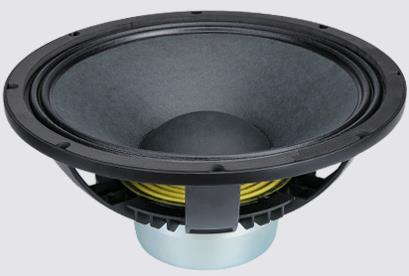
The main performance indicators of the speaker are: sensitivity, frequency response, rated power, rated impedance, directivity and distortion.
1; rated power
The power of the speaker is pided into nominal power and maximum power. The nominal power is called rated power and undistorted power. It refers to the maximum input power allowed by the speaker within the rated distortion range. The power indicated in the speaker's trademark and technical specification is the power value. The maximum power is the peak power that the speaker can withstand at a certain moment. In order to ensure the reliability of the speaker operation, the maximum power of the speaker is required to be 2~3 times of the nominal power.
2; rated impedance
The impedance of a loudspeaker is generally related to frequency. The rated impedance is the impedance measured from the speaker input when the audio is 400 Hz. It is generally 1.2 to 1.5 times the voice coil DC resistance. The common impedance of general moving coil speakers is 4Ω, 8Ω, 16Ω, 32Ω, etc.
3;frequency response
When an audio signal of the same voltage and different frequency is applied to one speaker, the sound pressure generated will change. Generally, the sound pressure generated in the middle audio is large, and the sound pressure generated in the low audio and high audio is small. The range of high and low frequency frequencies when the sound pressure drops to a certain value of the middle audio is called the frequency response characteristic of the speaker.
The ideal speaker frequency characteristic should be 20~20KHz, so that all the audio can be played back evenly, but this is not possible. Each speaker can only reproduce a certain part of the audio better.
4; distortion
The phenomenon that the speaker cannot reproduce the original sound realistically is called distortion. There are two types of distortion: frequency distortion and nonlinear distortion. The frequency distortion is caused by the fact that the signal of some frequencies is stronger, and the signal of other frequencies is weaker. The distortion destroys the proportion of the original high and low sound, and changes the original sound color. The nonlinear distortion is caused by the vibration of the speaker vibration system and the fluctuation of the signal are not completely consistent, and a new frequency component is added to the output sound wave.
5; pointing characteristics
It is used to characterize the sound pressure distribution characteristics of the loudspeaker radiating in all directions of space. The higher the frequency, the narrower the directivity, and the greater the directivity of the paper cone.